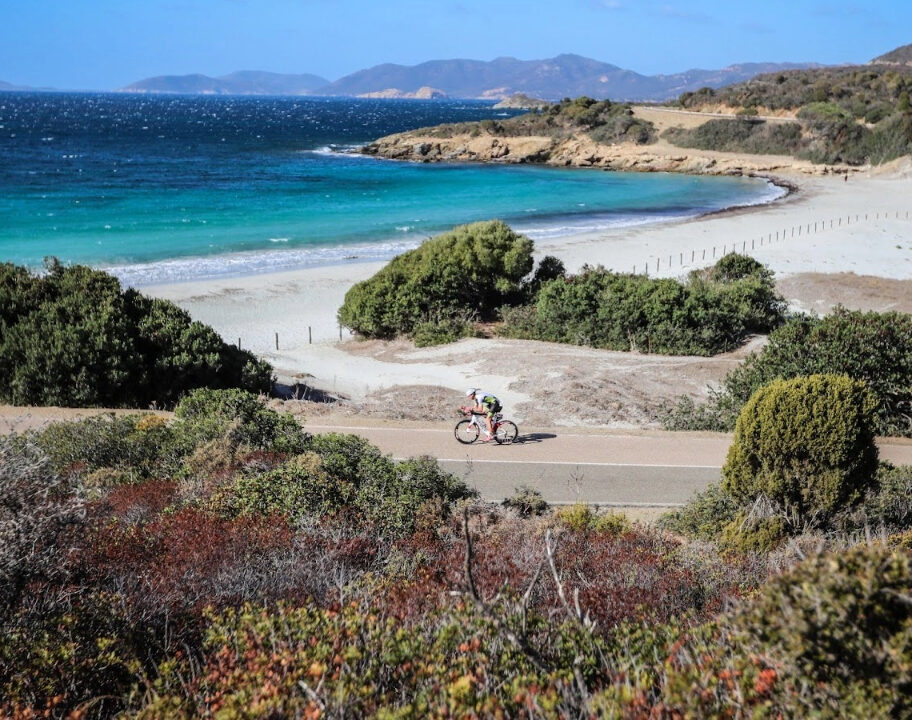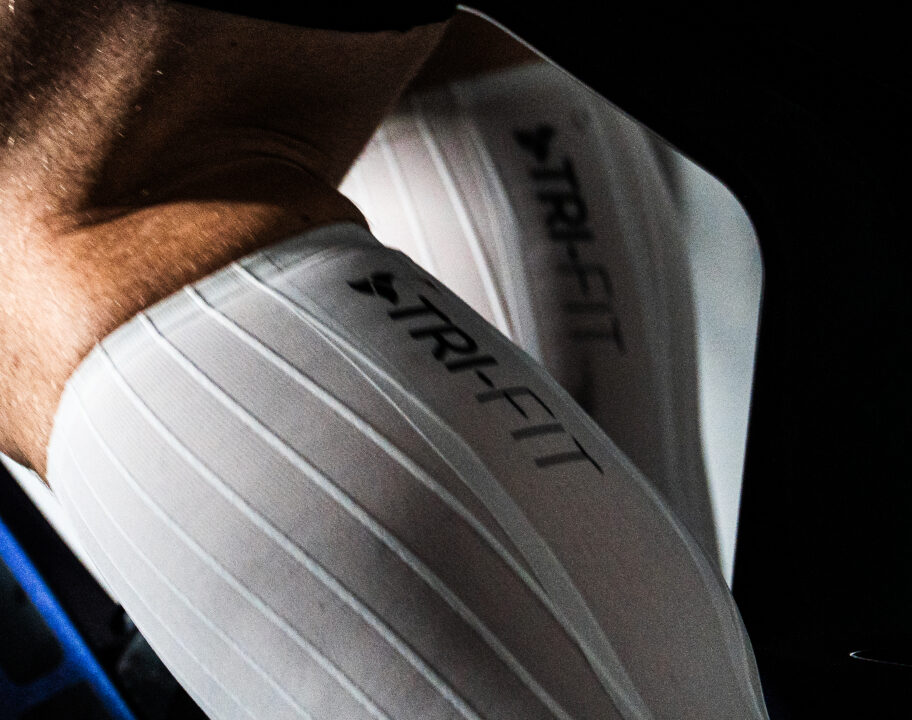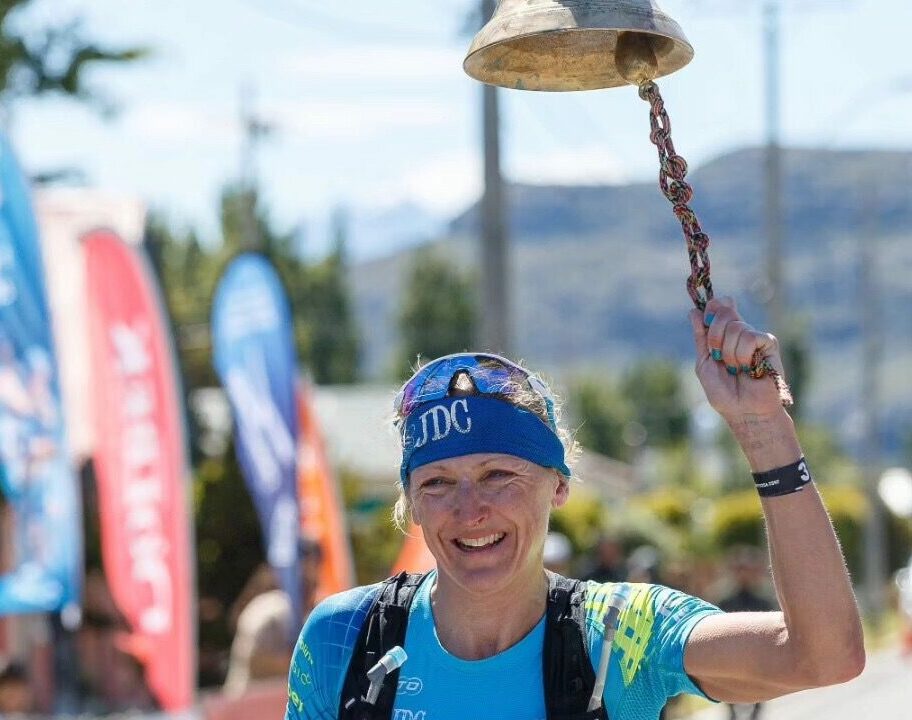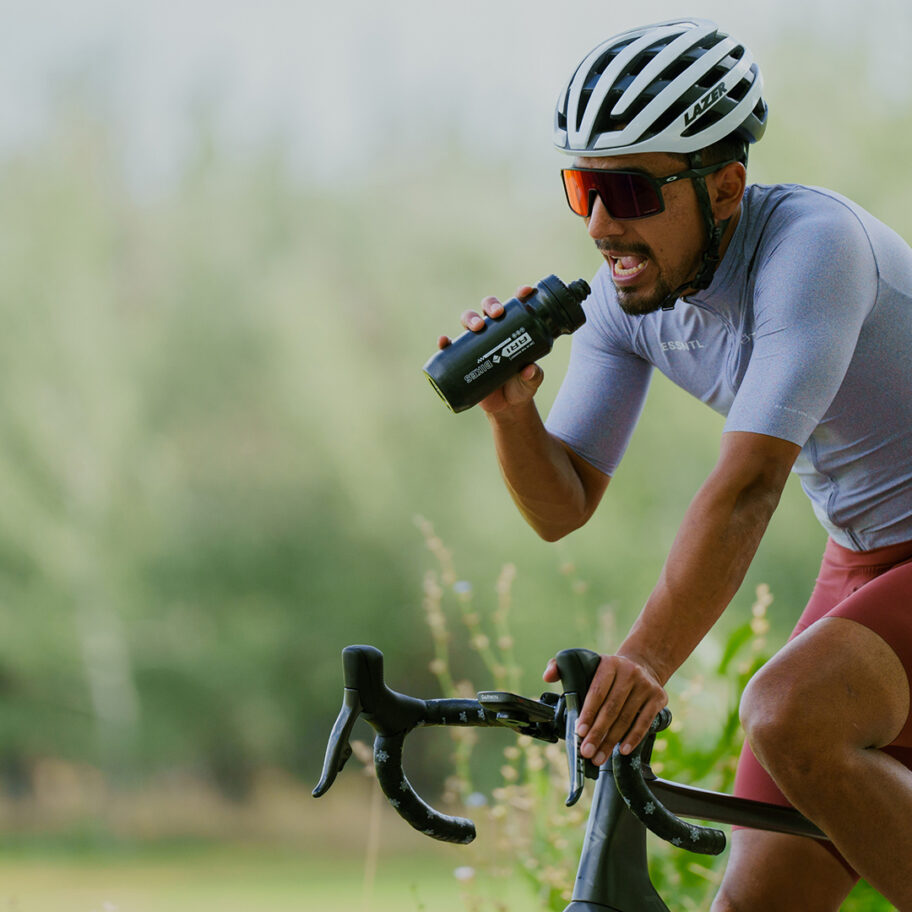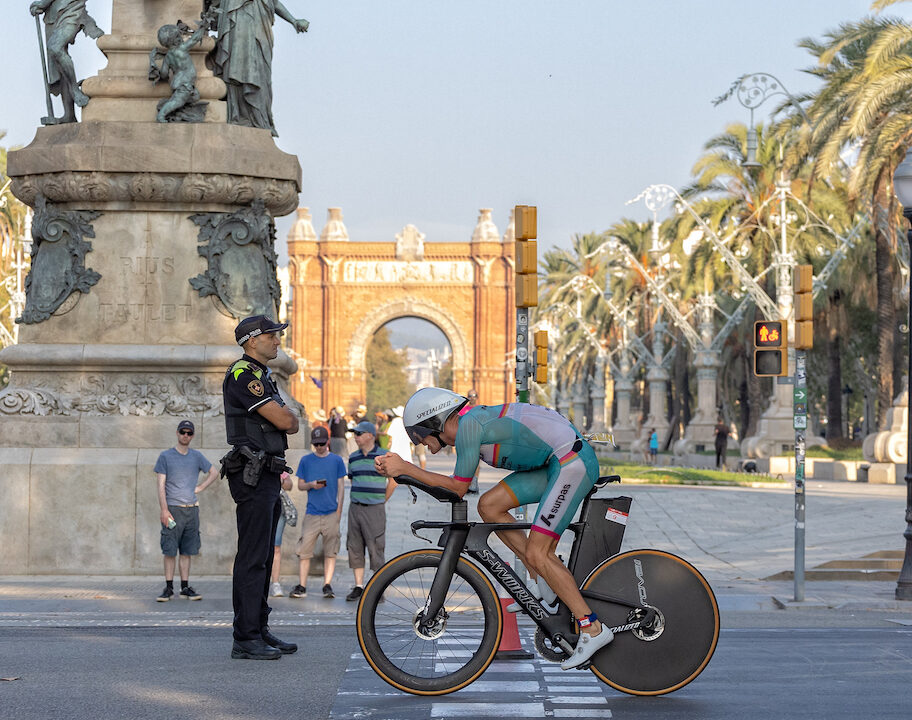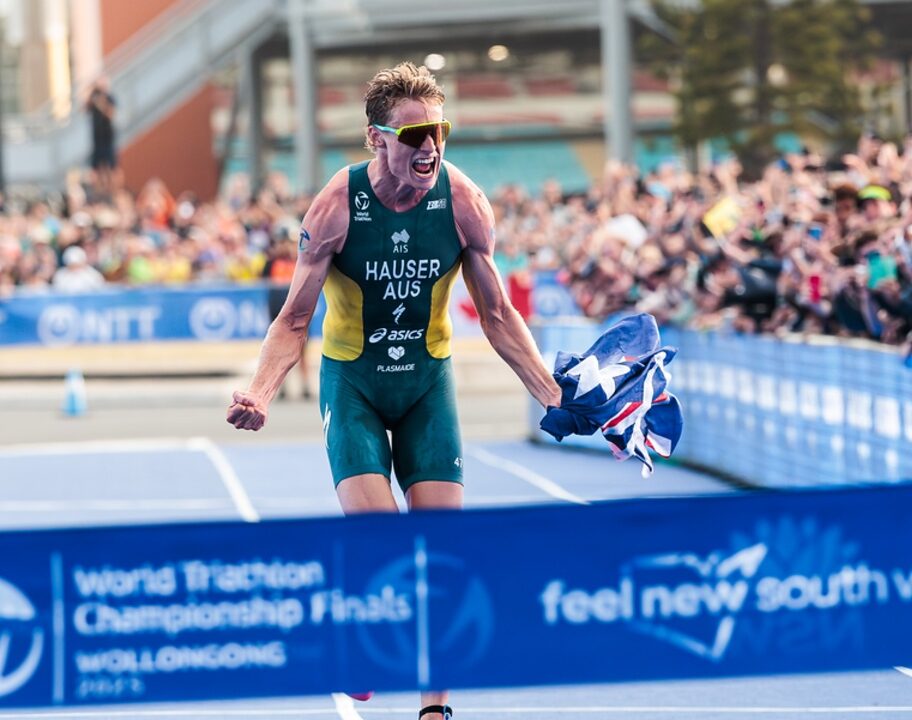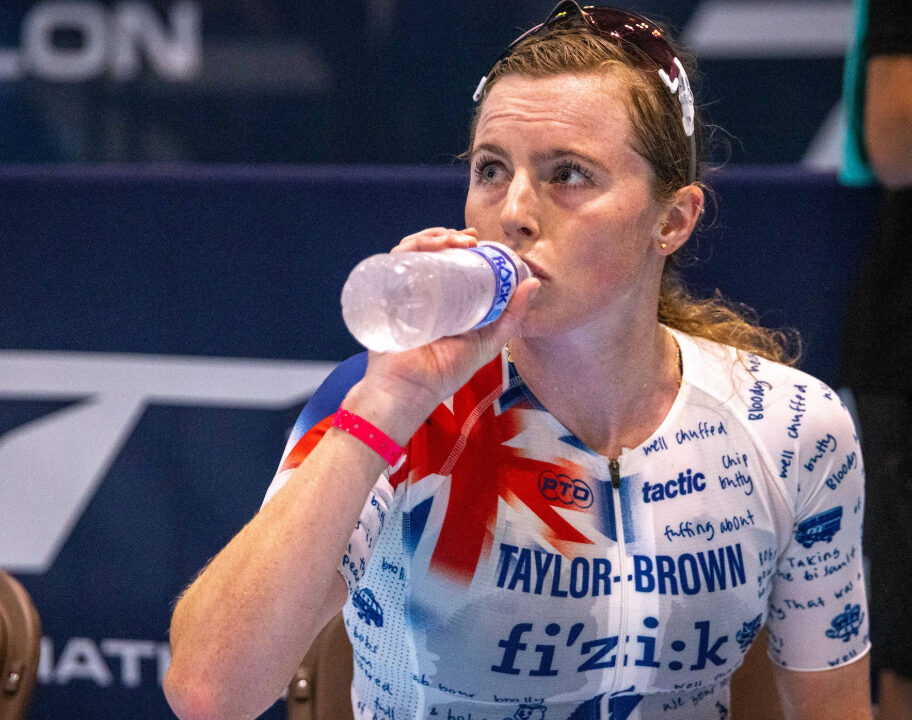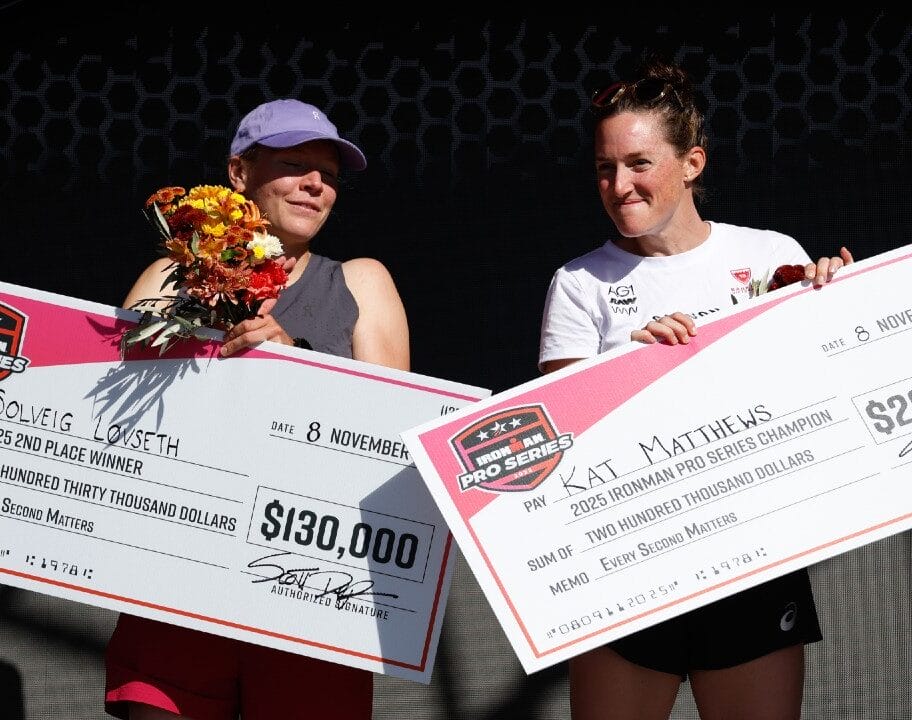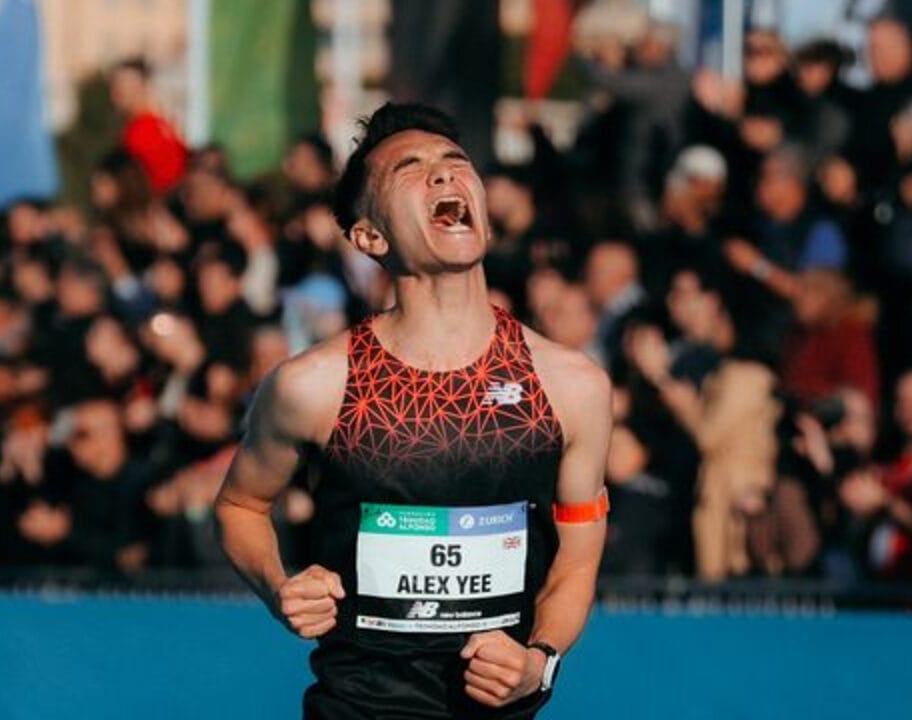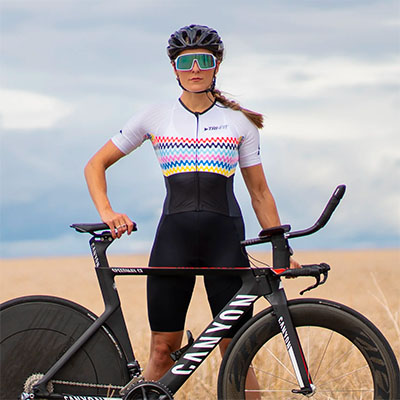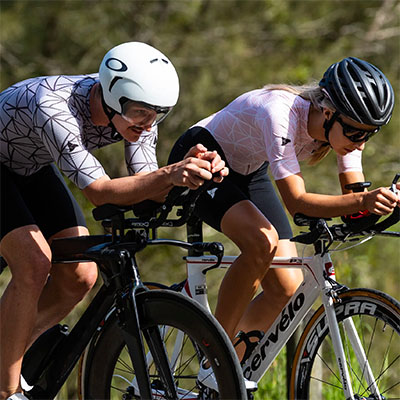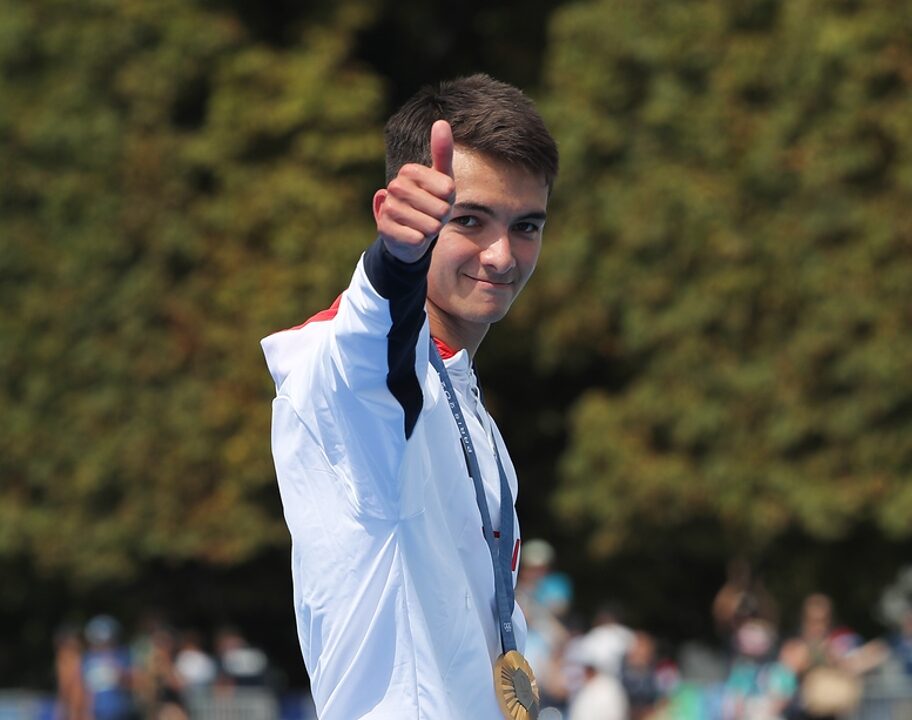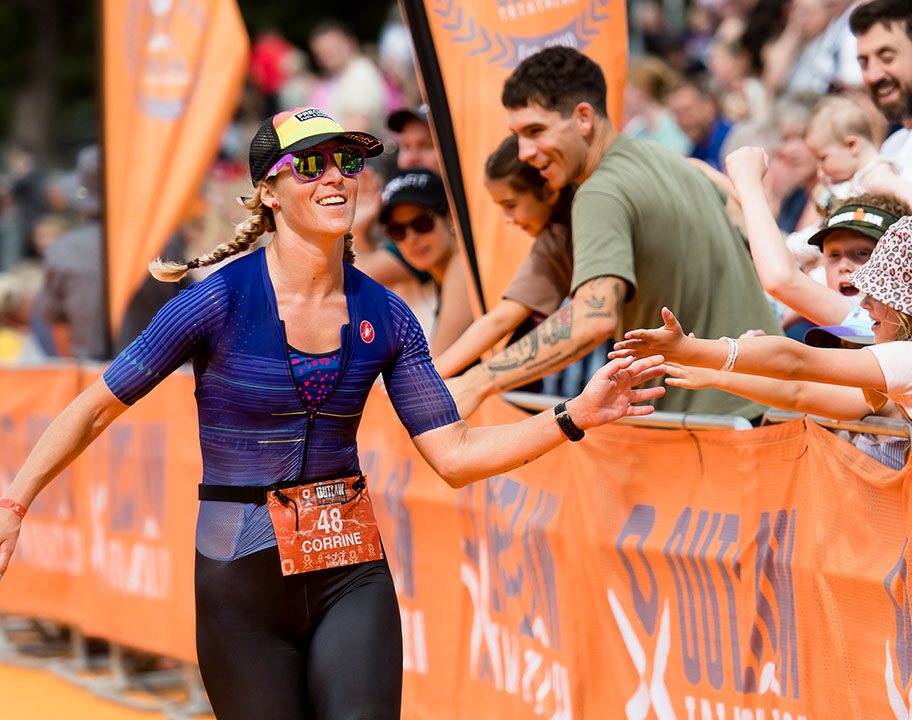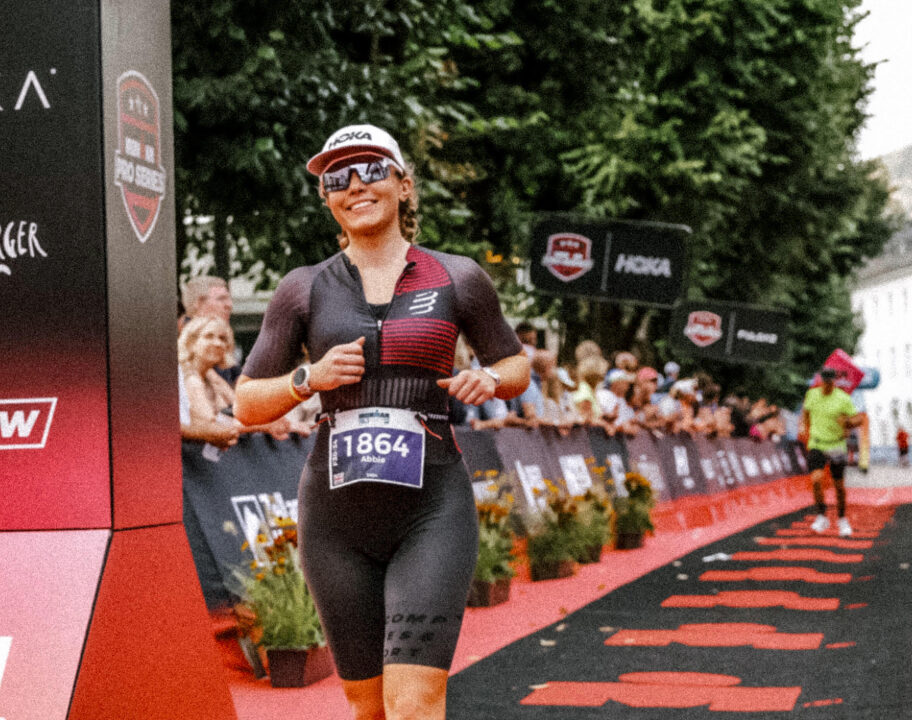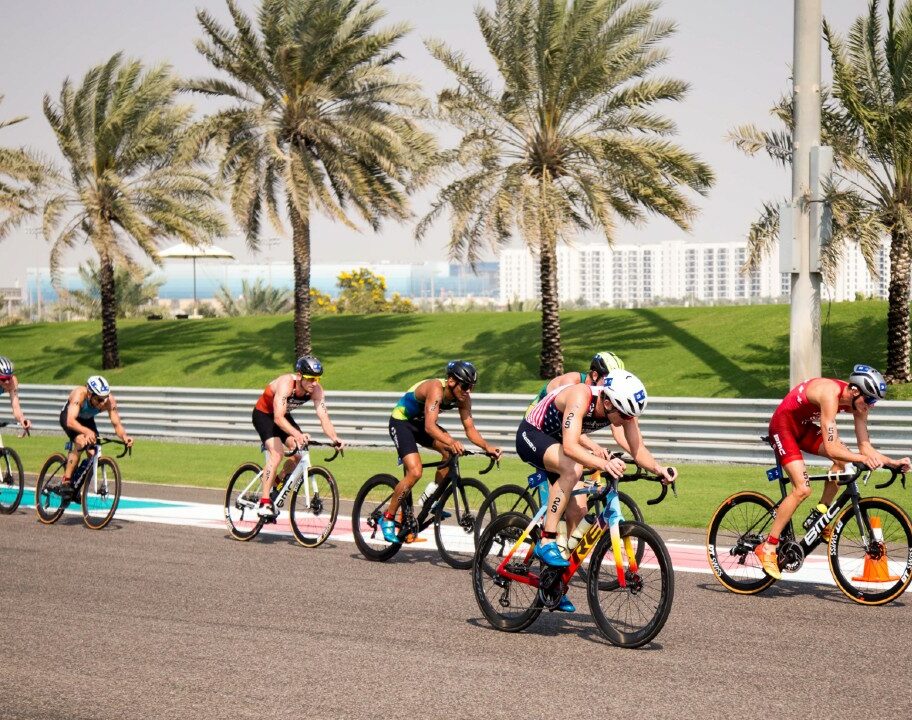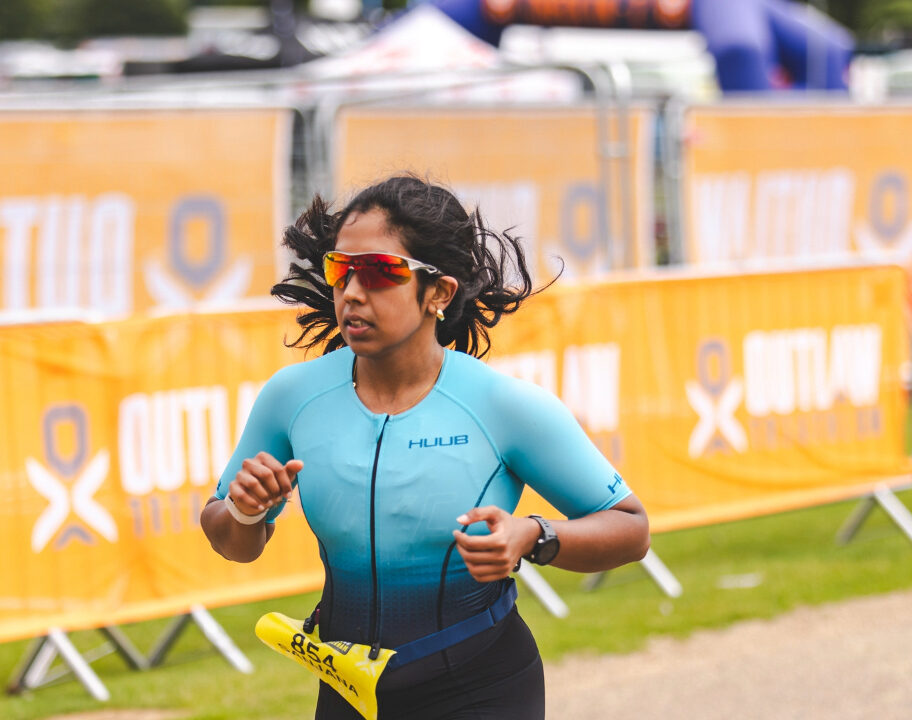Triathlon is in an interesting and exciting time. The T100 series and the IRONMAN Pro series have elevated the racing for the Professional athletes. More races, more opportunities to race. And more prize money. Which of course is a good thing, right? Or is it?
Because with more races, perhaps comes more pressure to race. From sponsors, or maybe just from athletes themselves wanting to chase everything.
Of course, bringing better prize money into the sport is good. Athletes have more opportunities to earn money and survive. But are there too many races? Are athletes racing too much, chasing too much. Are we seeing athletes getting injured and burning out?
Athletes love to race: but these days every single race is full on
It’s a complicated conundrum … we race. We love to race. That’s what we do. With more opportunities, it’s exciting to have this choice. Racing a lot gives us experience. Helps us learn the craft. Pushes our comfort zones. Expands our proficiency and capability. We grow. We improve. I guess from a financial perspective it can also help, with earning some money, although this is never guaranteed.
There was a time, in the earlier years of my triathlon career, when I raced a lot. I raced the Challenge Family series, which paid out a World Bonus at the end of the year, based on their rankings. It was beneficial for me. Good to gain experience, but also good financially and allowed me to survive a few more years in the sport.
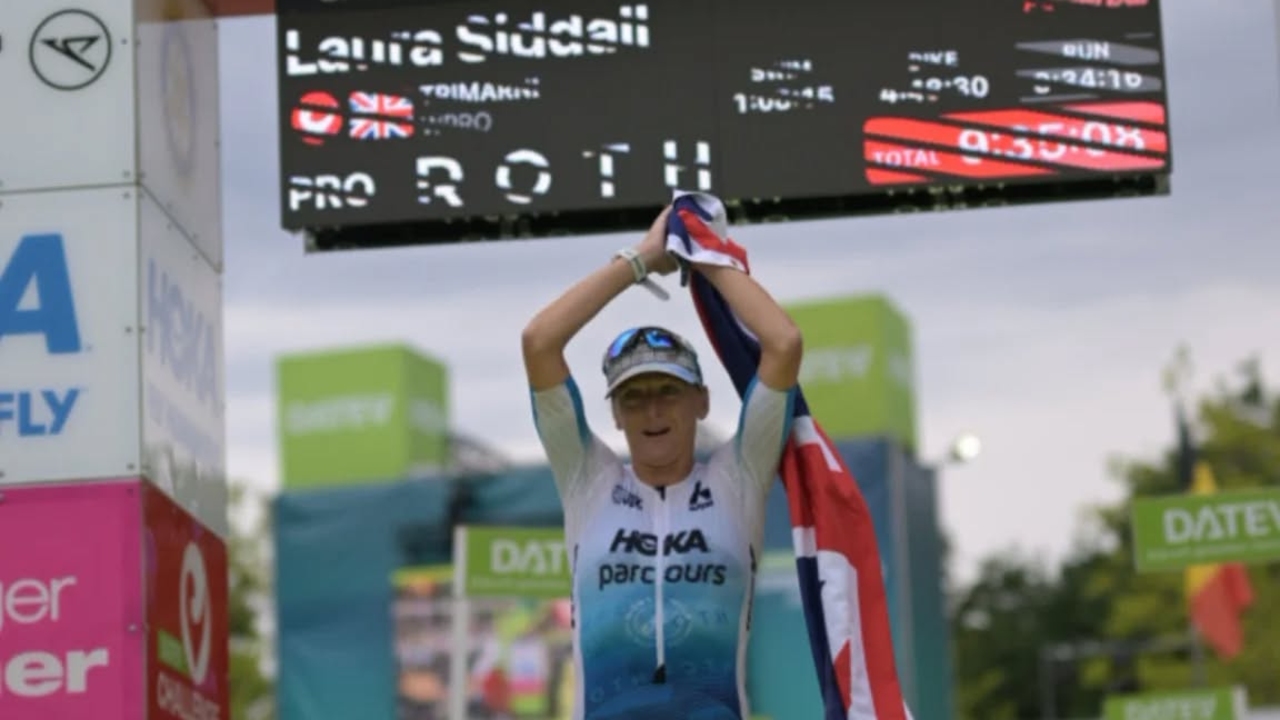
I also raced four to five full distance races in the year too. But back then (heck I do sound really old) I don’t think the racing was of the same standard, intensity or depth… and I was younger! I raced Iron distance events back to back, two weeks apart. It’s likely I was one of the few athletes who did back then. I raced a half one week after a full. I got asked to race Challenge Melbourne, when I was out on a ride in the Christchurch Port Hills. That was a Thursday morning, I said yes, rode home, packed, booked a flight and arrived in Melbourne that afternoon for the race two days later.
And yes, at the risk of sounding old again (there’s a theme here!), I can’t imagine anyone doing that these days. Everything is planned and calculated over the season. We have to be at our very best before we step on the start line, or even book the flights and accommodation.
But perhaps that’s also because now every race is full on. The standard of the sport has improved. You have to be at your very best to be competitive these days.
New race series left athletes torn and trying to do it all in 2024
This whole new level of competition is, in many ways, a good thing. The sport is evolving, the standard is getting higher, and the depth is growing. Athletes do manage to back up race after race as well. We have seen our bodies are capable of doing this, and more.
Last year the PTO launched the T100 series. Six races for predominantly the top 20 ranked athletes. IRONMAN also launched the IRONMAN Pro Series, 18 races over the 70.3 and IRONMAN distance. As well as the other IRONMAN races for the Professionals. The T100 series, whilst for contracted athletes, was a draw for athletes. Contracts, large prize money, points on the line, and a larger bonus payout at the end of the year and the title of the PTO World Champion.
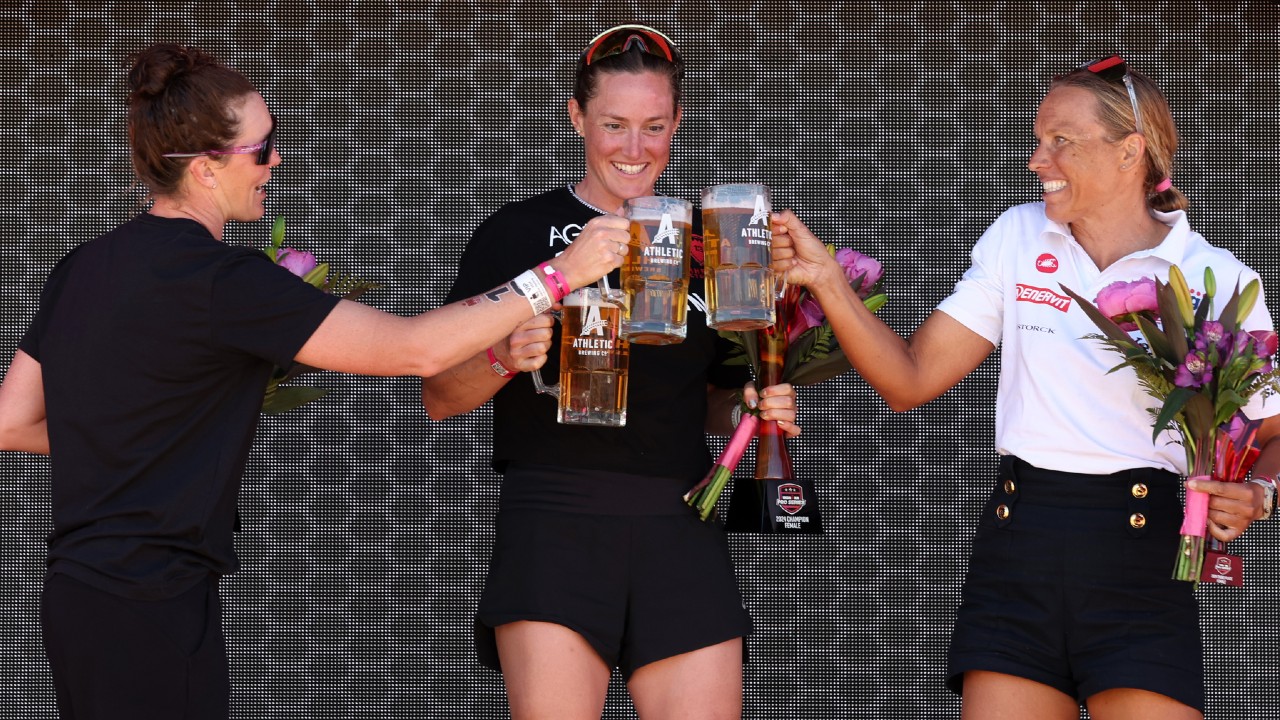
The IRONMAN Pro Series was attractive to larger number of Pros as it was more open (e.g. no contracts). Whilst individual race prize money didn’t increase, there was a significant bonus pay out at the end of the series and the series champion crowned. An increase in money into the sport was enticing for athletes. With it being the first year of both series too, athletes were torn – or rather unsure – about either series and so those who were offered contracts took them. But many also went after the Pro Series too. And only a few athletes successfully managed to do both (e.g. Kat Matthews) and do well in both. It was a lot of racing at a high level.
In 2025, some athletes are still trying to do it all
In 2025 athletes have had a better understanding of the two series. And we’ve been able to see a separation in who chose which series to pursue. Those athletes who turned down a T100 contract in favour of the IRONMAN Pro Series. On the whole the full distance athletes chose the Pro Series, the middle distance athletes choosing the T100. However, some athletes are still are trying to do both, especially as the season continues, and they chase both the T100 (through wild cards) and then the IM Pro Series, off the back of qualifying for the IRONMAN World Championship.
However even with this segregation, athletes are still racing a lot. Chasing points, particularly in 2025 for the Pro Series. The Pro Series is a total of five races, a maximum of three can be IRONMAN races. To be competitive this almost means you need to race 4 IRONMAN’s in a year (three plus the world championships so you have a back up guaranteed). That along with the 70.3 races too, is a lot. Then if you don’t have the race you want, athletes will race again to hopefully score more points. Again, a lot of races.
These series are fantastic for the sport. But for the athletes, are we seeing too many trying to do everything? Drawn by the bonus pay outs, perceived pressure from partners. IRONMAN probably for the moment still has the draw from media and partners. The IRONMAN World Championship, still has a strangle hold on the sport. Yet the T100, is new, exciting, there’s money there. And also the athletes are treated really really well at the event. Like they are actually Professionals.
Athlete’s mindsets have shifted – longevity in the sport isn’t as much of a priority
I also think the mindset of the Professional athlete has changed too. It used to be about longevity. How could you sustain a career and race for as long as possible? I feel now, that has changed. It’s about perhaps having a career for a shorter period and maximising that, and then moving on. I think this is part because athletes are pretty single minded and only about themselves to some extent. They aren’t thinking about the sport in a broader sense and improving it. They are ‘I’m all right jack’ mentally and looking after themselves. Perhaps not fully believing either series will last, and so wanting to make the most of it, this year, in the present, whilst they can. Also, in part because in the past there hasn’t been enough money to go around, so athletes want to ensure they are getting the most of it, whilst it’s there.
However, I feel (from an athlete perspective) this is only sustainable for so long. I think we are starting to see this already. Athletes aren’t able to fulfil contracted number of races due to sickness and injury. Athletes are starting to pick up injuries, missing races, going ‘quiet’ on socials, disappearing and even experiencing burn out. Whether that was physical and/or mental. Social media gives fans and media a better insight into their lives, and we can connect with athletes 24/7. But this probably doesn’t help on the pressure front, either.
We need to grow the sport, but sustainably – with an eye on longevity and the next generation of professional athletes
I’m not really sure there’s an answer. It’s great seeing the investment slowly coming into the sport (I say slowly, as we still have a long way to go). It’s awesome to see the race series develop and the standard of racing increasing. The depth of the sport is growing too. And athletes are really stepping up to challenge themselves and others.
But I do feel we need to be careful not to get greedy and chase everything. I sometimes wish athletes would think broader than the blinkered view, and of just self. Think about the longevity of the sport even, how do we grow it and make it sustainable for everyone and the next and future generations.

